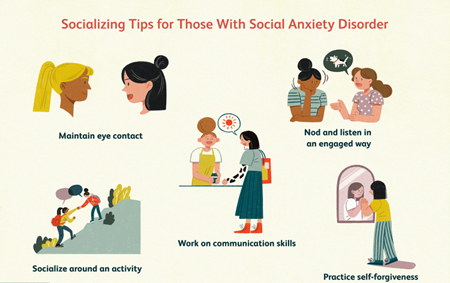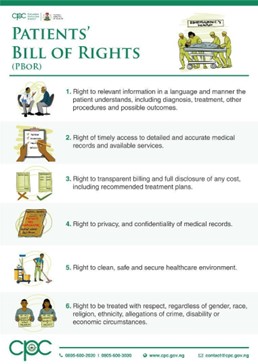Linda is pacing the floor and appears extremely anxious. The daily shift nurse approaches Linda to lessen her anxiety. The most therapeutic statement by the nurse would be:
How about watching a football game?
What do you have to be upset about now?
Tell me how you are feeling today.
Ignore the client.
The Correct Answer is C
This statement shows that the nurse is interested in Linda's feelings and is willing to listen to her. It allows Linda to express her emotions and concerns, which can help to reduce her anxiety.
Option A ("How about watching a football game?") may not be appropriate as Linda may not be interested in football or may not find it helpful in reducing her anxiety.
Option B ("What do you have to be upset about now?") is not a therapeutic statement as it can be perceived as dismissive and invalidating of Linda's feelings.
Option D ("Ignore the client.") is never an appropriate approach for a nurse or any healthcare professional as it goes against the principles of providing care and support to patients.

Nursing Test Bank
Naxlex Comprehensive Predictor Exams
Related Questions
Correct Answer is ["A","B","D"]
Explanation
These techniques can help a nurse communicate effectively with a patient. Clarifying terms can help ensure that both the nurse and the patient understand each other and are on the same page.
Remaining silent can give the patient space to express themselves and can show that the nurse is actively listening.
Asking open-minded questions can encourage the patient to share their thoughts and feelings and can help the nurse beter understand the patient’s perspective.
Offering false reassurance and discouraging the person from expressing feelings that are unacceptable (e) are not effective communication techniques. False reassurance can undermine trust and discourage honest communication, while discouraging expression of feelings can prevent the patient from fully engaging in the therapeutic process.

Correct Answer is C
Explanation
The Patients’ bill of rights is a set of rules that protect patients and ensure that they are treated with dignity, respect, and autonomy. It describes the rights that patients have when they receive medical care and treatment. The Patients’ bill of rights was created to protect patients who are vulnerable and may not have the ability or resources to advocate for themselves.
The Doctrine of privileged information refers to the legal concept that certain information shared between a patient and healthcare provider is confidential and cannot be disclosed without the patient’s consent.
Collaborative practice refers to the coordinated efforts of healthcare professionals from different disciplines working together to provide comprehensive and high-quality patient care.
The Nurse practice act is a set of laws that govern the practice of nursing in a specific state or jurisdiction. It outlines the scope of nursing practice and the responsibilities and obligations of nurses.

Whether you are a student looking to ace your exams or a practicing nurse seeking to enhance your expertise , our nursing education contents will empower you with the confidence and competence to make a difference in the lives of patients and become a respected leader in the healthcare field.
Visit Naxlex, invest in your future and unlock endless possibilities with our unparalleled nursing education contents today
Report Wrong Answer on the Current Question
Do you disagree with the answer? If yes, what is your expected answer? Explain.
Kindly be descriptive with the issue you are facing.
